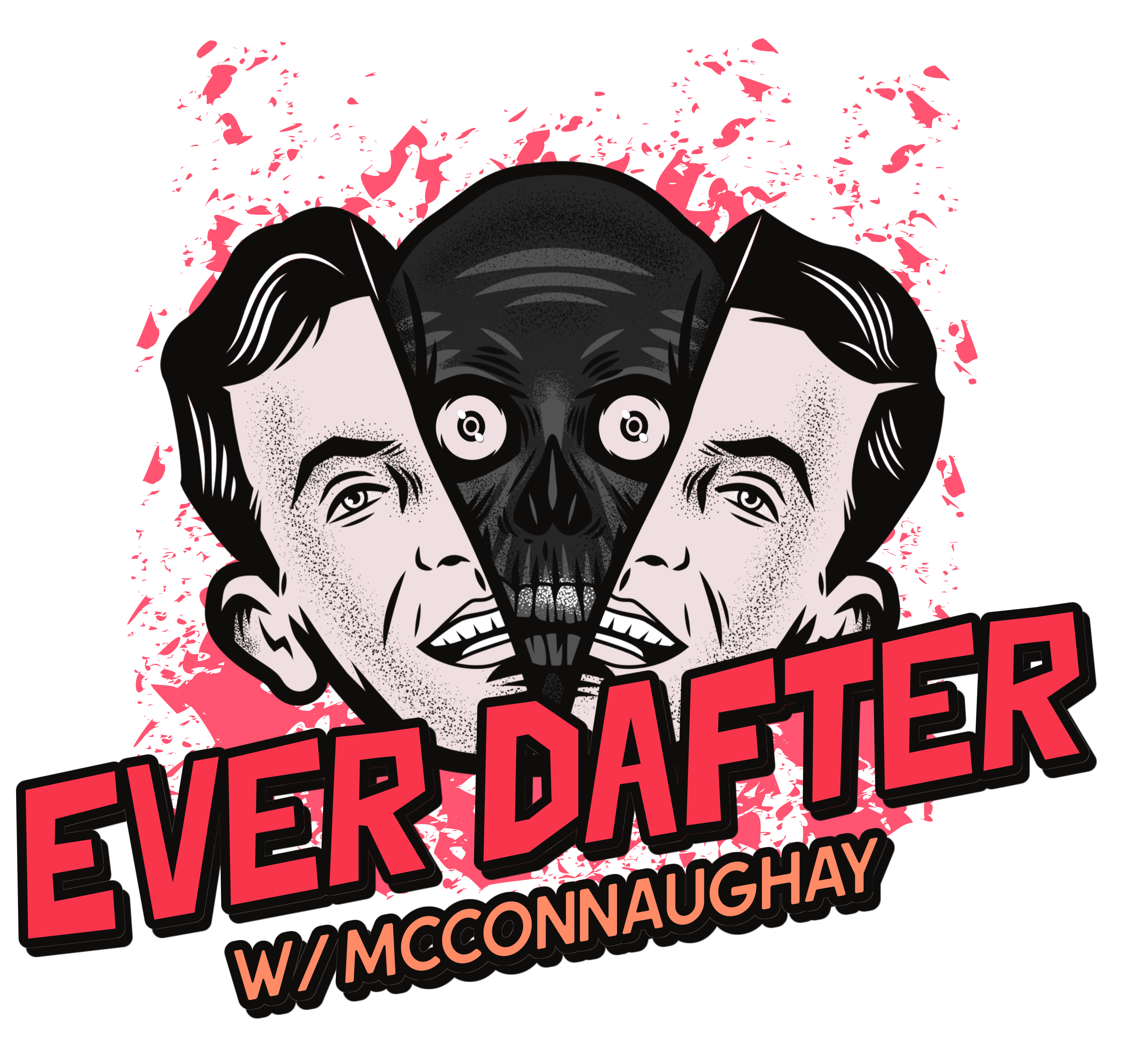As I certainly don’t need to tell any of you, the entertainment industry has fallen under hard times in recent months due to the ongoing Covid-19 pandemic. Only a few days ago, I received an email from my local theater explaining how it was shutting its doors. I can still remember giddily watching the first Spider-Man film or that weird moment my friend Trey stood up and clapped for the A Nightmare on Elm Street remake, while everyone else met it with shrugged shoulders (and eventual disdain).
Indeed, in some ways, it does feel like we are at the precipice of an era’s end, as far as the entertainment industry and how we consume media – at least, if things keep on the way they are headed. Obviously, there is more important things happening than the theater industry’s potential demise, but, as a lifelong moviegoer, I think it is okay to be sad about it.
Let’s be honest – 2020 was not shaping up to be the best year for the horror genre in general. The year began with major critical and financial misfires like The Grudge reboot, The Turning, The Boy 2, Underwater, and The Hunt. And, I understand if some of you might like one or more of those films, like Underwater, but there is no denying it failed to ignite the box office in any substantial way. There was some reason for optimism, both critically and financially speaking. The Conjuring 3 was due to arrive, an installment in the most lucrative horror series of the last decade. And, in spite of the fact Michael Chaves, the director of the unfortunate The Curse of Llorona film, would be helming the film instead of James Wan, I was excited. I looked forward to the Jordan Peele produced Candyman and Krasinski’s A Quiet Place 2. All of those were, of course, postponed, leaving sacrificial lambs and indie filmmakers to carry the torch.
It has not been all bad, for instance, I thoroughly enjoyed Leigh Whannell‘s new Invisible Man film and streaming services like Shudder introduced me to features like The Mortuary Collection and Spiral, a film unrelated to the Book of Saw, but worth checking out.
If you watch the box office like I do, you will know that it is no surprise theaters are hemorrhaging money with what they have to work with. Features like The New Mutant and Tenet have been squeezed out for every last drop, whereas companies like Disney have been offering features from the vault – like Hocus Pocus and Toy Story, hoping that will be sufficient. Surprisingly, one of the most prevalent genres in theaters since Covid-19 has been the horror genre.
They have not been scaring up huge numbers by any means, drops in the bucket, here and there, drive-ins, and so on, but they have been an important part in the current ecosystem, nevertheless. Come Play is an example of that. You may recall the Trolls World Tour controversy from a few months ago, about how theaters would no longer carry Universal movies in response to what they believed was a betrayal against the theater industry. Well, fast forward to the present, and, ironically, the highest-grossing films as I write this are – the horror-comedy film Freaky, the drama film Let Him Go, and, of course, Come Play, respectively. Freaky was distributed directly by Universal Pictures, whereas Let Him Go and Come Play were both released by Focus Features, a subsidiary of Universal.
Come Play has been a modest success by all measurable metrics, and, given the circumstances, I might even be tempted to project it as even a slight win altogether. The horror thriller cost about nine million to produce and, according to Deadline, had a marketing budget of around the same amount. The box office return is shy of ten million and is does not look like it will climb much higher than that, especially now that the Halloween season is over. Under normal circumstances, this would not be cause for celebration. Given the theater’s cut of the film’s profits, this would not even be in the ballpark of regaining the cost of production, let alone the marketing budget. However, the film was also released on video on-demand, where information is a lot more scarcely reported on. Normally, a low-budget horror film does not have the clout to pay for itself with the medium, at least, not in the short term, but we can only wait and remain optimistic.
Come Play is a horror thriller film I knew a little bit about. I knew it starred Gillian Jacobs, an actress I recently saw in my binge of the comedy series Community, and I knew the film was offered participation in the Amazon hosted online film festival a few months back, but declined. Considering how humdrum Amazon’s film festival seemed, with no real momentum or publicity to speak of, I can’t help but think they made the right decision and everything worked out for the best.
The film was written and directed by Jacob Chase in his feature debut and also features John Gallagher Jr., Azhy Roberston, and Winslow Fegley. It received a lukewarm reaction from critics and moviegoers alike, which is par for the course with the genre, however, I would say it did better critically than most horrors do.
The film follows a mother and a father, whose child has autism. An elementary school student, the child is mostly inaudible, aside from a few emotive sounds, but he is taking speech classes to try and improve. For now, the boy uses an application on his electronic device to help him communicate. Basically, he taps pictures, and the application speaks what he wants it to say. Since he’s different and children are awful, he finds himself the victim of bullying and harassment, which results in his cellphone being misplaced. The parents care very much about their son, but show the wear and tear it has had on their relationship. Too often, the mother feels she is forced to be the bad guy, and the father is not around, usually swooping to the rescue and playing the hero in the last minute. For instance, when the son loses his cellphone, the father steals a tablet from the lost and found bin at his workplace for him to use instead.
This tablet, however, is haunted, so to speak. Through an app already installed on the tablet, the child is introduced to the misunderstood monster, Larry, who claims he is only looking for friendship. Since this is a horror movie, however, you can expect some added strings that come with said relationship.
The production is serviceable, with quality camerawork and a handful of creative shots incorporated in. Although it won’t be for everyone, I enjoyed an understated scene of the child looking in the camera of his tablet, and the automatic facial recognition detecting someone else in the room behind him. I like ideas like that, and the way technology can be incorporated into the genre, even if I don’t necessarily think the execution is always on-point.
The acting is solid as well, Gillian Jacobs is a known talent, and the young boy Azhy Robertson says a lot without speaking a word. SpongeBob is also a prevalent character in the film, which sounds like a joke, but, actually isn’t. Really, it is just a whole lot of clips from the Nickelodeon show, which was reportedly incorporated because of how beloved it is by children with autism.
The film carries a lot of influences to it, and I do mean, a lot. And, honestly, there is a definite sense of deja vu that casts itself across nearly every frame of Come Play. There is some Babadook in there, some Lights Out, some Poltergeist, (the film is partly produced by Spielbergs’ Amblin Partners, and I can understand why) and maybe even a little Stranger Things for good measure, all wrapped up in tidy, neat packaging.
I enjoyed the special effects on some level. In general, while I understand the sentimental of “less is more,” and what goes unseen, I do appreciate when a supernatural horror film has a tangible entity to battle against. Often I feel like the mantra is exploited to excuse a lack of imagination, but this film does have the goods, so to speak, offering a monster that I find vaguely resembles Lord Voldemort.
The scares and scenes can oftentimes feel like a rehash of other fare from yesteryear, and the characterizations can sometimes feel superficial or unearned, with the film offering little to be invested in beyond a surface level. The film is fine, and is certainly nothing I would write a negative review about or openly swear off, but it is safe, familiar, and checks off developments and story tropes like it is a grocery list.
I would recommend Come Play as a film, with that in mind, but I don’t think it is a film we will be talking about in years to come.

